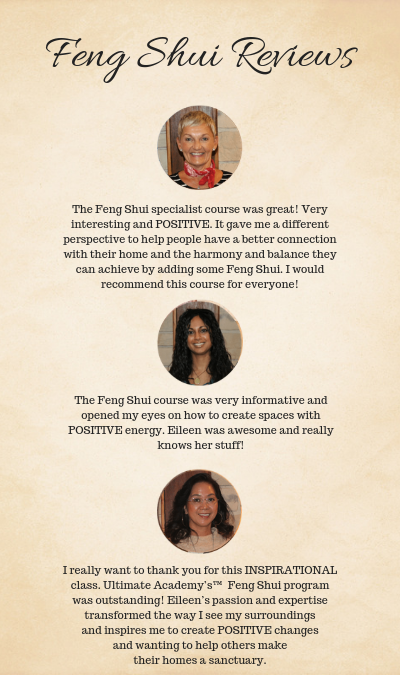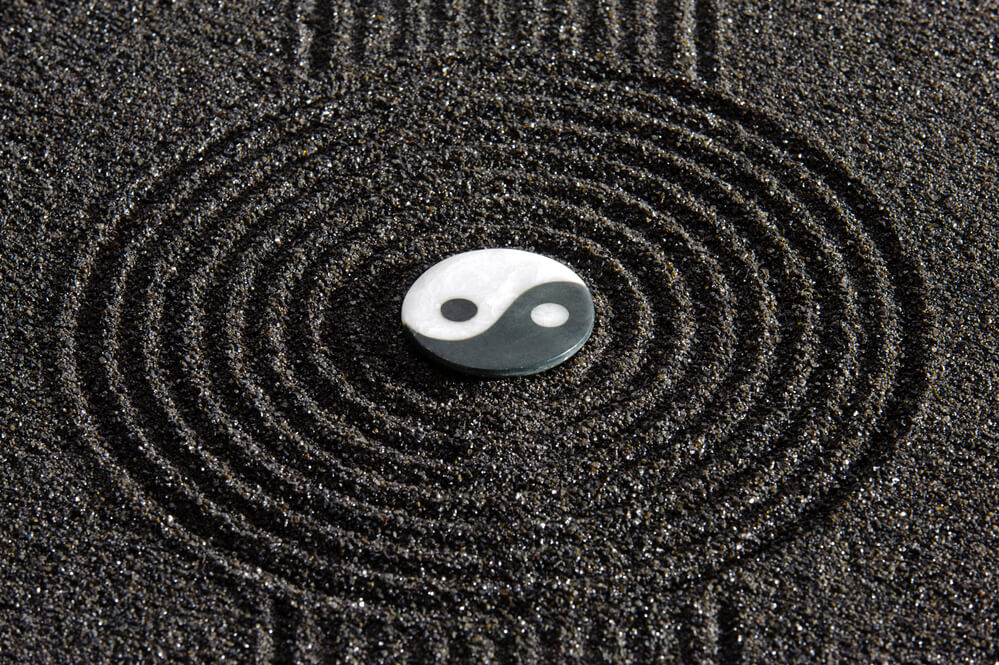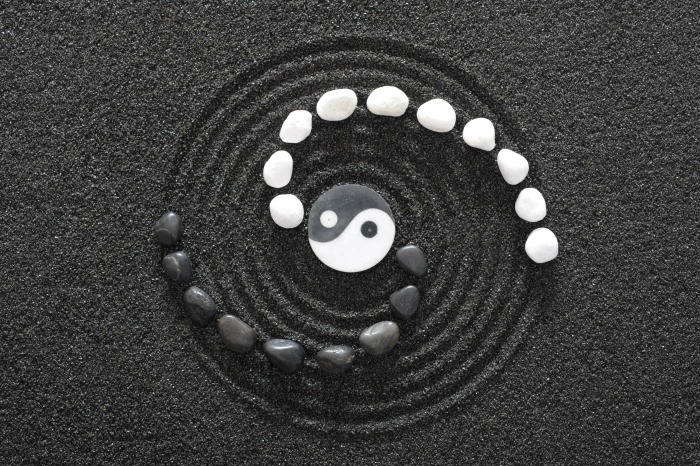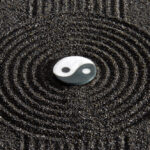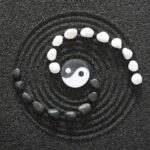Feng Shui In Canada

Feng Shui, an ancient Chinese art, dates back as far as 6,000 years. The term “Feng Shui” literally means “wind” (“feng”) and “water” (“shui”), elements traditionally associated with good health and prosperity in Chinese culture. This art is deeply influenced by the Taoist vision of nature, emphasizing the principle that all of nature is alive and imbued with a special energy known as “Chi.” Feng Shui, often understood as the art of placement, guides the arrangement of one’s surroundings to positively influence health, wealth, and prosperity.
So, why is this ancient Chinese art form relevant to Western society? Over the last three decades, the exchange of information between the East and the West has grown significantly. North Americans experimenting with Feng Shui principles have found the outcomes to be highly satisfactory. If you’ve ever entered a home or room and immediately felt content, happy, and positive about the vibe, it’s likely that Feng Shui played a part in its design and arrangement. Initially practiced by a few households, Feng Shui has evolved into a necessity, particularly in selling and redecorating homes. Real estate agents, home stagers, interior designers, and homeowners now employ Feng Shui principles to bring success and prosperity to their endeavors.
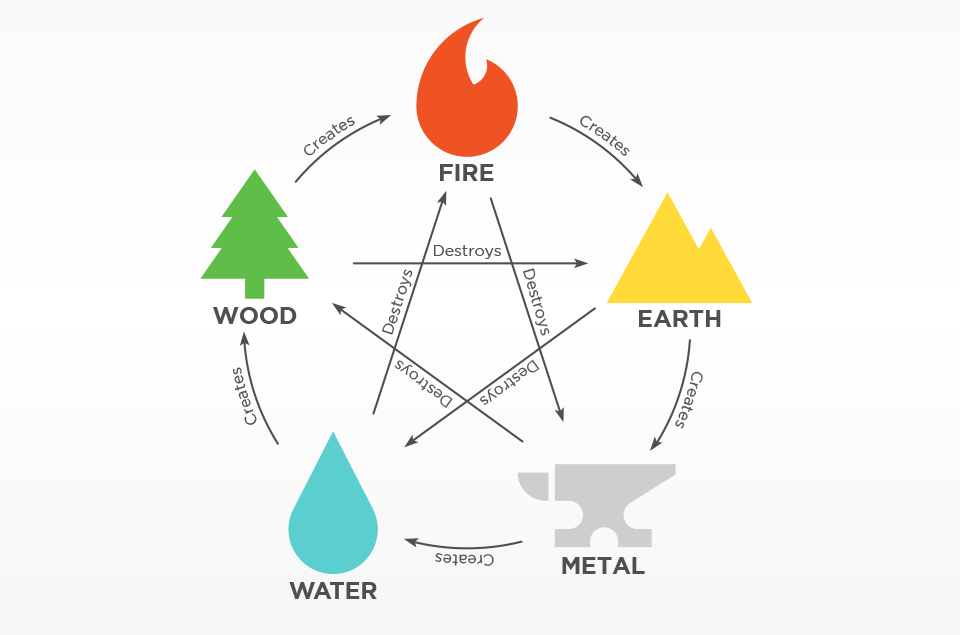
The West’s fascination with the mysteries of the Orient was evident as early as the 17th and 18th centuries. Today, North America’s interest in Chinese culture extends beyond cuisine to language, home décor, medicine, and entertainment. Chinese knowledge and philosophy have found a niche in the Western market, flourishing through Feng Shui. This growing interest is partly due to curiosity about foreign cultures and changing demographics in the United States.
The main reason behind the global growth of Feng Shui as an art form is its success in creating positive, harmonious, and balanced homes. With the rise of materialism, more people are seeking natural harmony and peace, as offered by Feng Shui.
Laura Cerrano, of Feng Shui Manhattan, explains, “If you create a balanced representation in your home, it reflects how you’re reacting to outside experiences. It becomes a metaphor for everything in life.”
Feng Shui is defined by three basic rules:
- Everything is alive. Every item in a home represents something symbolic and should have a profound positive meaning for a harmonious home.
- Everything is changing. This rule acknowledges the chaos of the universe and the peace that comes from understanding it.
- Everything is connected. From the edge of a table to the smallest marble in a mason jar on the mantel, every element of a home is interconnected. Clashing elements disrupt the positive Chi.
While every home is unique and there isn’t a one-size-fits-all solution in Feng Shui, there are fundamental steps to create a more relaxing space:
- Start by decluttering. Cluttered spaces negatively affect emotional, psychological, and physical health, blocking positive energy.
- Balance the yin and yang, the masculine and feminine elements, preferably with professional guidance.
- Arrange the five elements—wood, water, earth, fire, and metal—according to the Bagua (Feng Shui map/compass) to enhance life aspects like prosperity, health, partnership, and creativity. This step requires a professional Feng Shui consultant.
Ultimate Academy actively promotes Feng Shui culture in the Greater Toronto Area, complementing our training in Home Staging, ReDesign, and Professional Organizing. As Feng Shui becomes an essential tool for our graduates, its effectiveness attracts both newcomers and veterans alike.
As word spreads about these principles’ effectiveness, more Canadians seek to harmonize their homes with Feng Shui. They are also looking for ReDesigners, Decorators, and Home Stagers who can incorporate Feng Shui basics into their projects.
This is why Ultimate Academy encourages students across all courses and training programs to invest in Feng Shui training. Having Feng Shui expertise not only prepares you to meet the diverse needs of your clients but also positions you as a sought-after Ultimate Home Stager in Toronto, ready to meet any challenge.




